Recreating Tokyo Back Alleys in 3D with Michael Yoshimura
courtesy of Michael Yoshimura
Tokyo stands as one of the world's most extensively documented cities. From movies to games, social media to fashion, Tokyo is everywhere, yet we can’t seem to get enough of it. The city's neon-lit districts, such as Shinjuku's Kabukicho, have served as inspiration for countless films like Blade Runner. You might almost say Tokyo content is becoming oversaturated if it weren’t for the city’s vast amount of surprises around every corner.
However, one approach offers a refreshing take on capturing Tokyo's essence. Going for a slightly sci-fi dystopian feel, one artist crafted intricate 3D kits reminiscent of scenes straight out of Cowboy Bebop, as if it were to undergo a CGI adaptation. These kits capture everything from futuristic ramen shops to your local konbini with meticulously detailed lanterns and Asahi crates.
We’re talking about the 3D creations of Michael Yoshimura, a 3D artist who crafts highly detailed environments in which architecture and art blend to perfection with fantastic results.
We had the opportunity to interview Michael and asked him to tell us about his latest project related to the city of Tokyo.
Part of the Tokyo Back Alleys 3D Kit
In what way are you related to Japan?
I’m half Japanese and Hungarian!
Did you do any art studies?
I don’t have a traditional arts background or any formal fine arts training in that sense. That being said I have been making things from a small age – as a kid I was always interested in making things in 3-dimensions rather than 2D drawings. LEGO and miniature models were things I did when I was younger that have had a massive influence on what I do now.
When did your passion for architecture and design start?
I would say closer to the end of my undergraduate degree in Architecture school (years 3 and 4). The first 2 years were enjoyable as well but I was just beginning to dive into the world of what architecture and design is. I was also fortunate enough to be part of an exchange/Erasmus in Spain, studying architecture there for 6 months. I think that experience really opened my mind as far as the possibilities of design and what it could be. After studying abroad it really changed my mindset to be much more experimental and less formal when designing.
Tokyo Back Alleys 3D kit in action
When did you discover the world of 3D digital modeling?
My first year in school we focused solely on analog drawing techniques. I think there is a huge merit to understanding traditional methods. It wasn’t until year 2 that we began learning 3D. The first software I ever learned was Rhino 3D and I was instantly obsessed with learning it. The idea that you could make anything you wanted just fascinated me.
Tokyo Back Alleys is one of your latest works. Where did the inspiration come from and what has it meant to you?
I went to Japan for the first time in 2017 on a family trip. Japan totally captured my imagination. After that vacation I knew I needed to work and experience life there. A few months later I was doing an internship in Tokyo! Following those few months in Tokyo, I’ve always wanted to create Japanese urban environments in 3D but I never had either the technical skill or time. When I pitched the idea to the team at Big Medium Small (3D asset company) they were instantly onboard with the idea.
How fundamental is attention to detail for you? Do you usually start from a handmade sketch?
Details can be everything within a design however they are dangerous early on in a project. I always start with a quick thumbnail sketch or photo-bash. I do a rough block-out in 3D to define general proportions and then iterate between 2D and 3D until the design becomes resolved. It is really important to define the big-moves of the concept early on without fussing about the details. Once that’s done the rest of the process is quite easy. I leave refining the fine details as a last step.
Part of the Tokyo Back Alleys 3D Kit
What was the most difficult challenge in making Tokyo Back Alleys?
Japan’s urban environments are amazing because of many things: but for me what sets it apart are layers and contrast. Old and new constantly collide together at every scale, and are woven together in a rich tapestry of history, buildings, infrastructure, and human-scaled elements and stories. I think these elements are what makes it so difficult to re-create. Overall it was a real challenge to narrow down the scope of key assets that define Japanese urban environments as there are such a plethora of things. There was a huge amount of research and decision making early on in the production of that kit where I would just pick apart a photo of a street and break it down into key elements. I would say it was deciding what things to include within the pack and what to leave out that was the biggest challenge!
What environment or scenario did you most enjoy drawing?
To be honest the entire thing was incredibly fun. As you have probably guessed Japan is near and dear to my heart so to be able to bring these objects to life in 3D was amazing. I will say however that making the convenience store and yellow apartment tower were particularly enjoyable. For those designs I combined about 3-5 buildings into one!
Yellow apartment tower
How did Tokyo streets inspire your creativity while also maintaining objectivity for accurate representation?
I love urban environments so for me walking around almost anywhere in Japan I am instantly inspired. For me there is so much visual richness to everyday life over there. Asian inspired scenes or “cyberpunk” styled scenes are definitely an overused genre so it was important to make the kit look distinct but also true to actual Japanese environments.
A few years ago an amazing book came out called Anime Architecture by Stefan Riekeles. There is a chapter dedicated to Ghost in The Shell (one of my favourite films) and in it there is a quote by the director Mamoru Oshii, “There are places that are cluttered. If you don’t express all that detail, you cannot make the audience imagine life exists there. It needs to be a whirlpool of overflowing information. Otherwise it is impossible to express the weird energy inside a place such as New Port City”.
Likewise for me the goal was much the same with “Tokyo Back Alleys”, having been to Tokyo, I knew just the level of detail and craziness needed to communicate the atmosphere of those streets. As I mentioned a bit earlier, I was quite objective in my distilling down of key elements. I was constantly putting assets within scenes and testing to see if it really felt like a Tokyo street.
What have been cultural references for your creations so far?
I’m a big fan of sci-fi in general. Animated films/shows like Akira, Ghost in The Shell, Patlabor, Magnetic Rose, Cowboy Bebop, Samurai Champloo, and Nausicaä of the Valley of the Wind have always inspired me. There are also a few other works such as Shoplifters and Maborosi (by Koreeda), Perfect day and Paris Texas (by Wim Wenders), and Tokyo Story (by Ozu) which are amazing. These films are a constant muse.
Where would you like to see one of your creations in the future?
There is a huge digital billboard in Shibuya. It would be beyond cool to see one my Tokyo Pack buildings displayed on that!
Follow Michael Yoshimura’s 3D journey on Instagram.
Check out the full Tokyo Back Alleys collection on the Big Medium Small website.




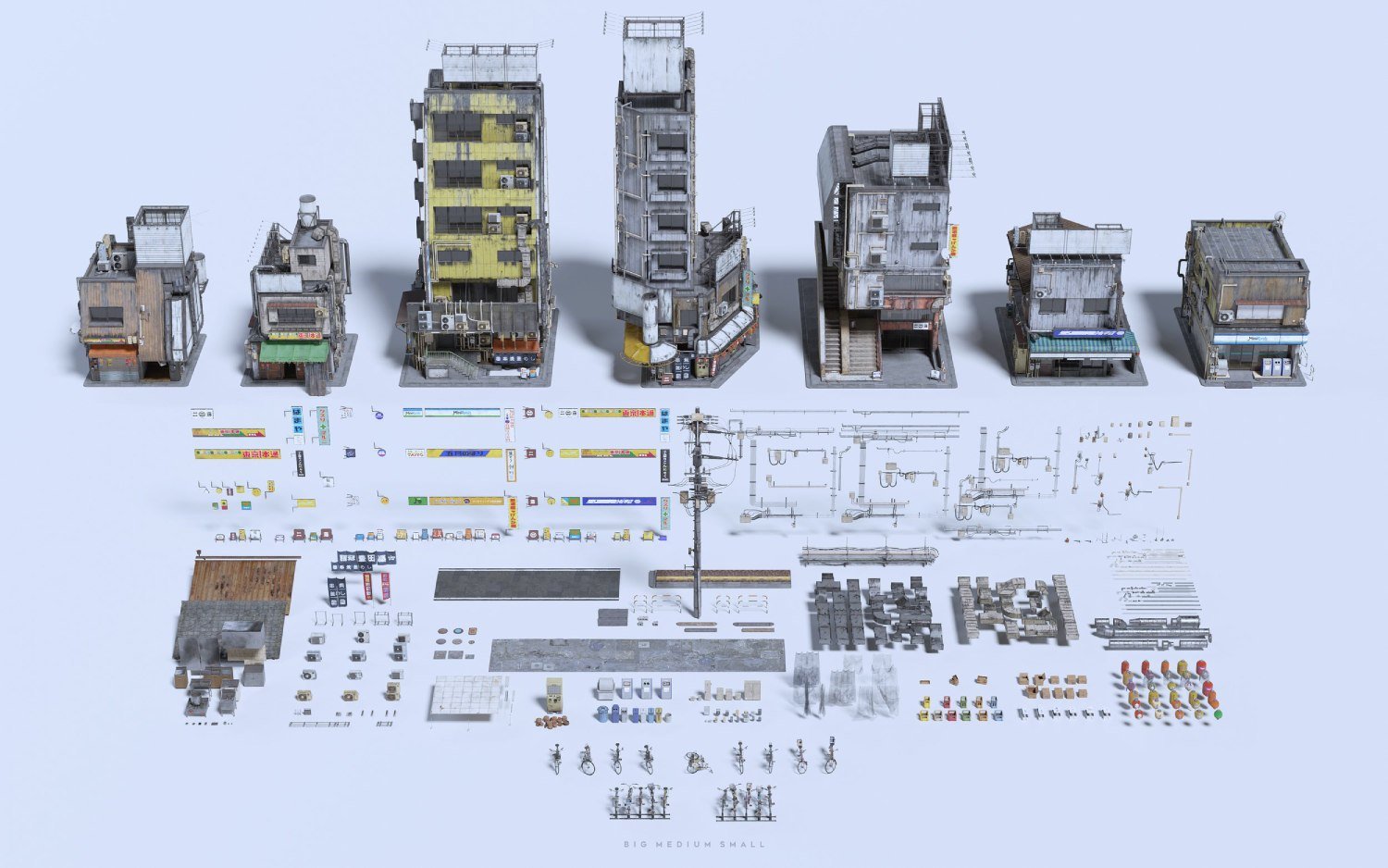

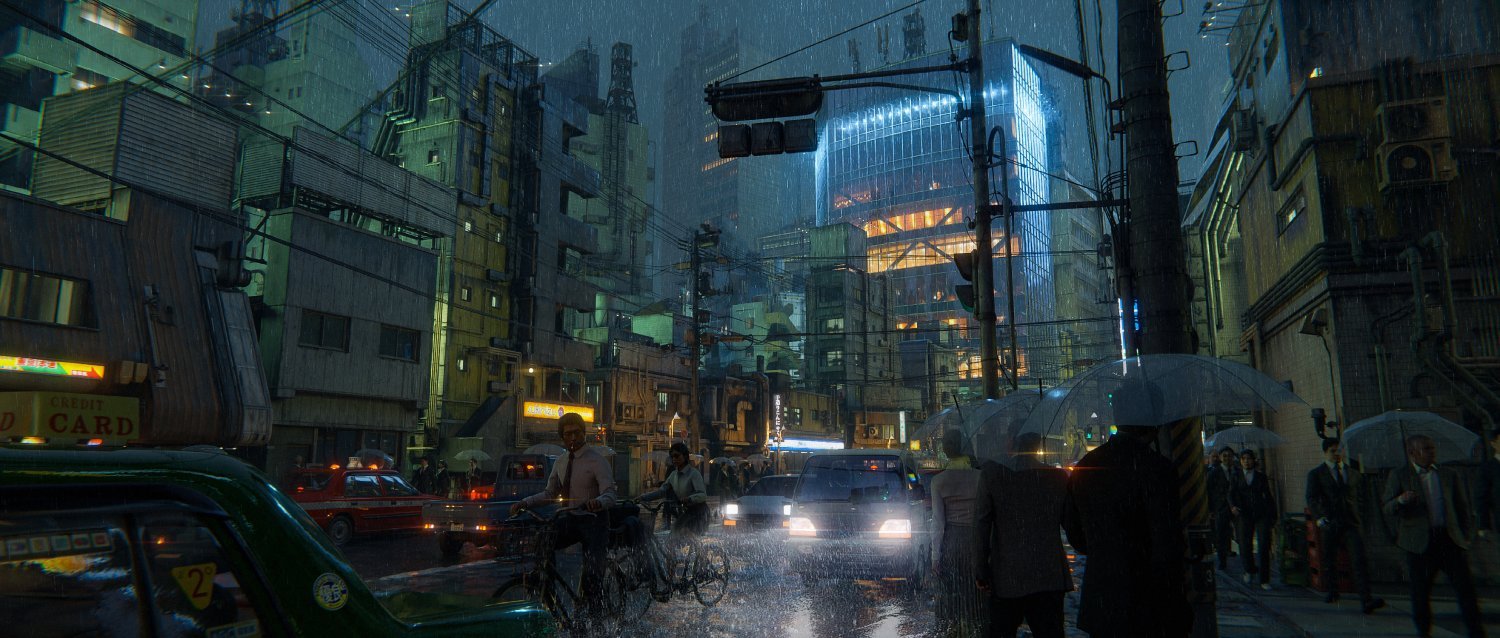



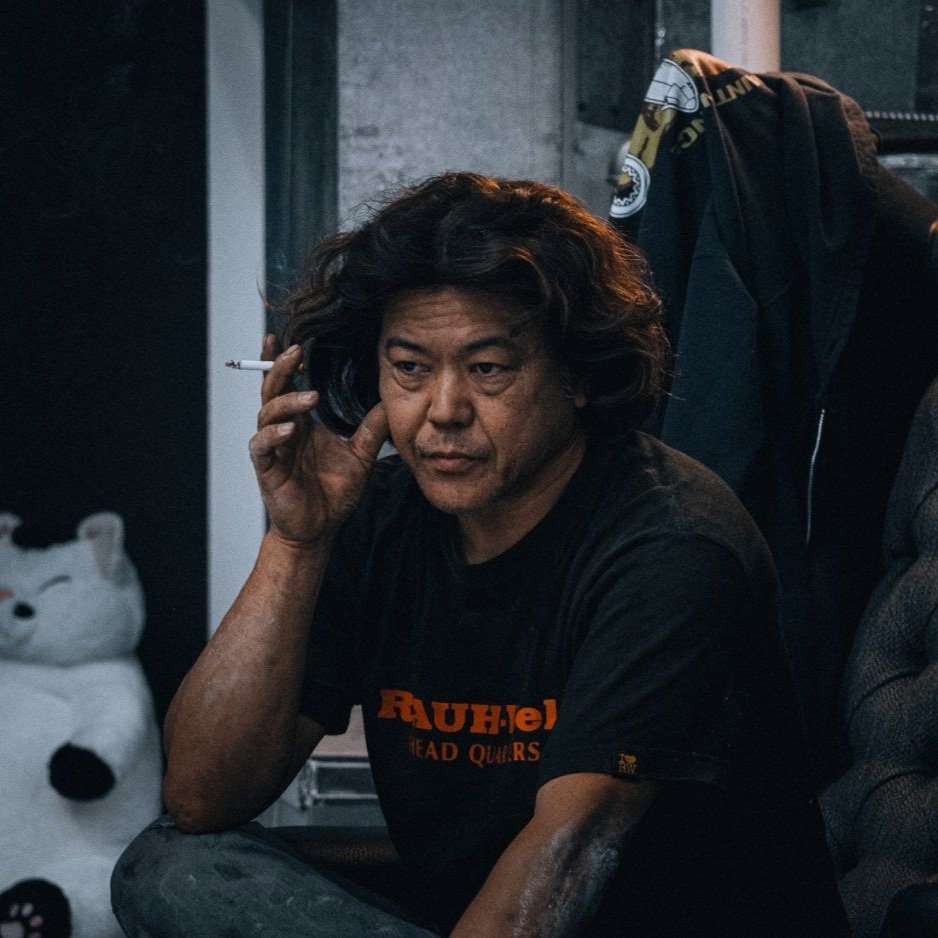

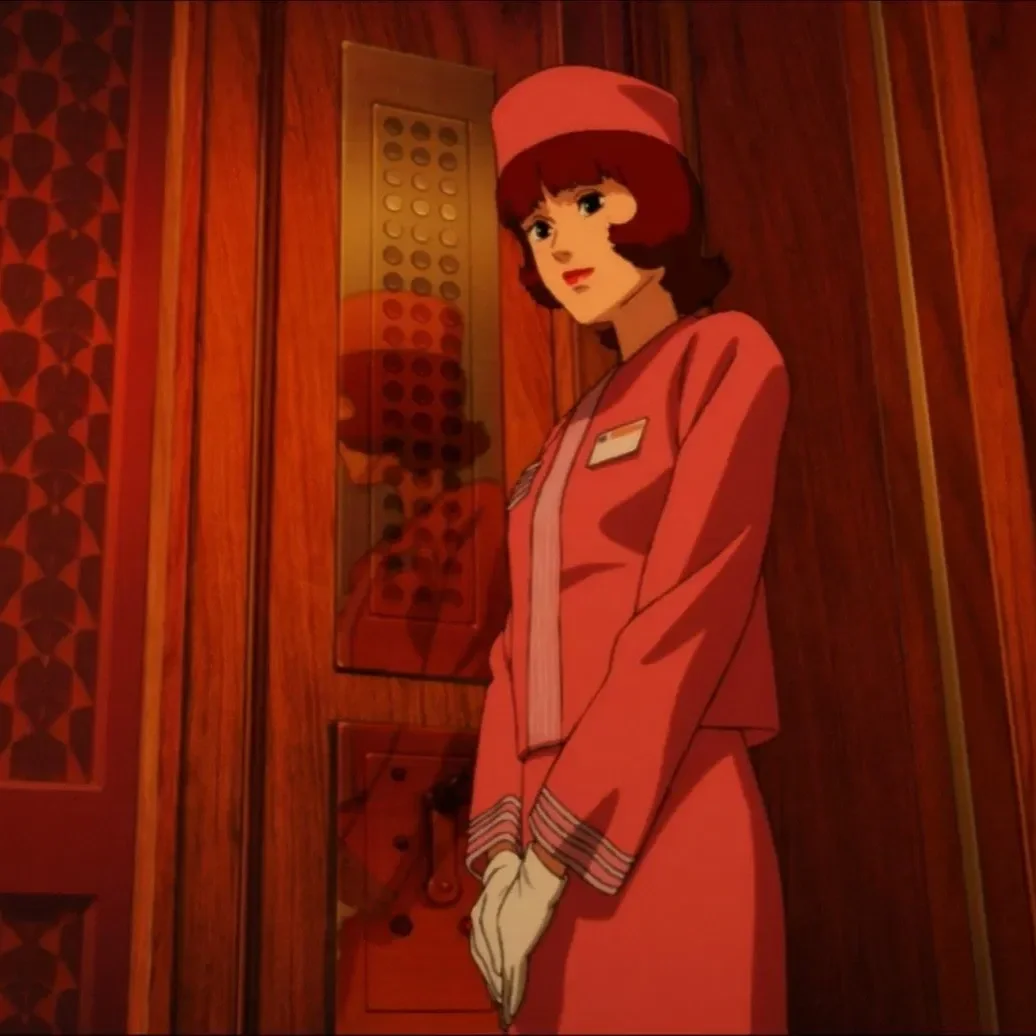
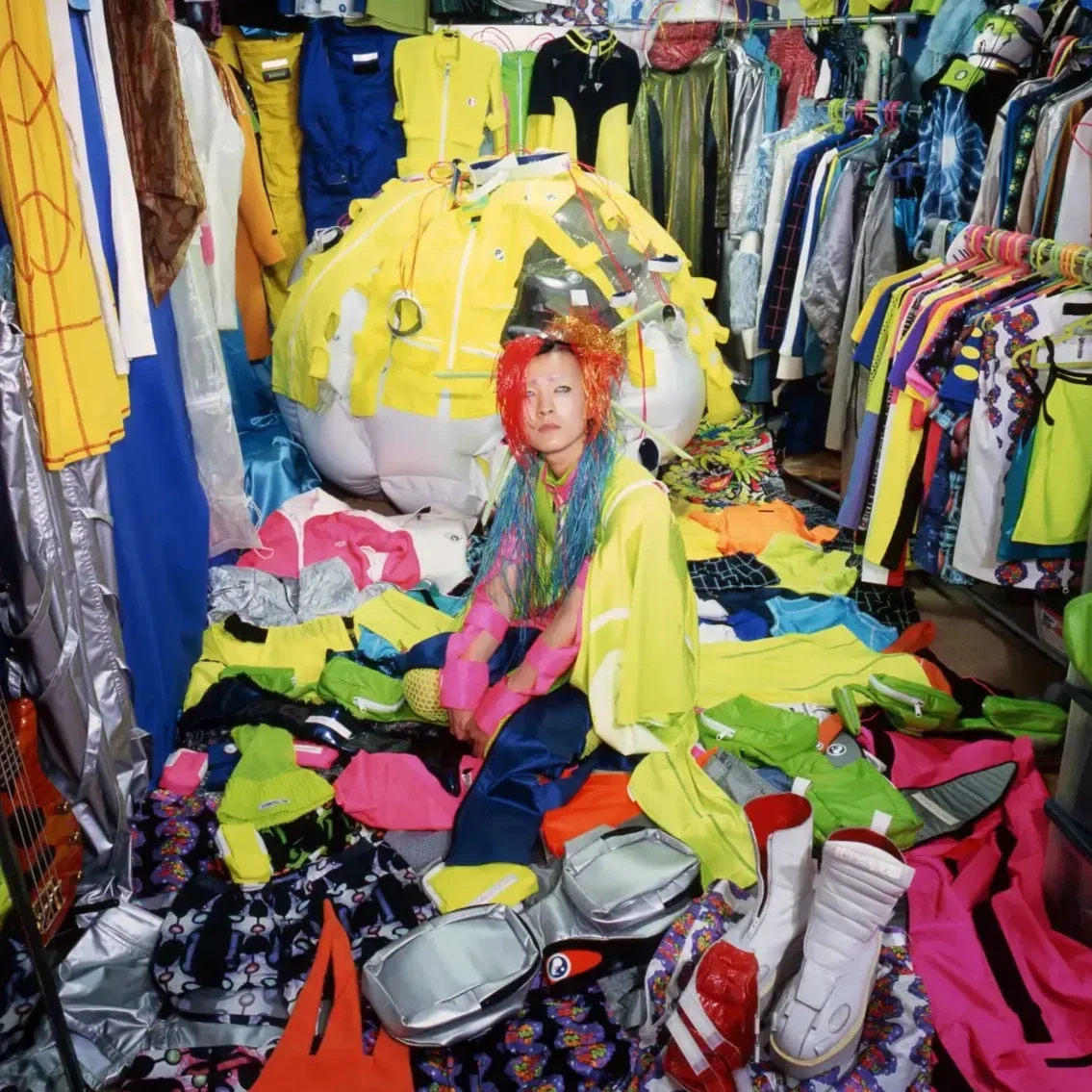
Delve into the world of Sho Shibuya, as he discusses his profound connection with time and nature through his daily paintings.